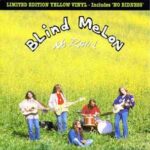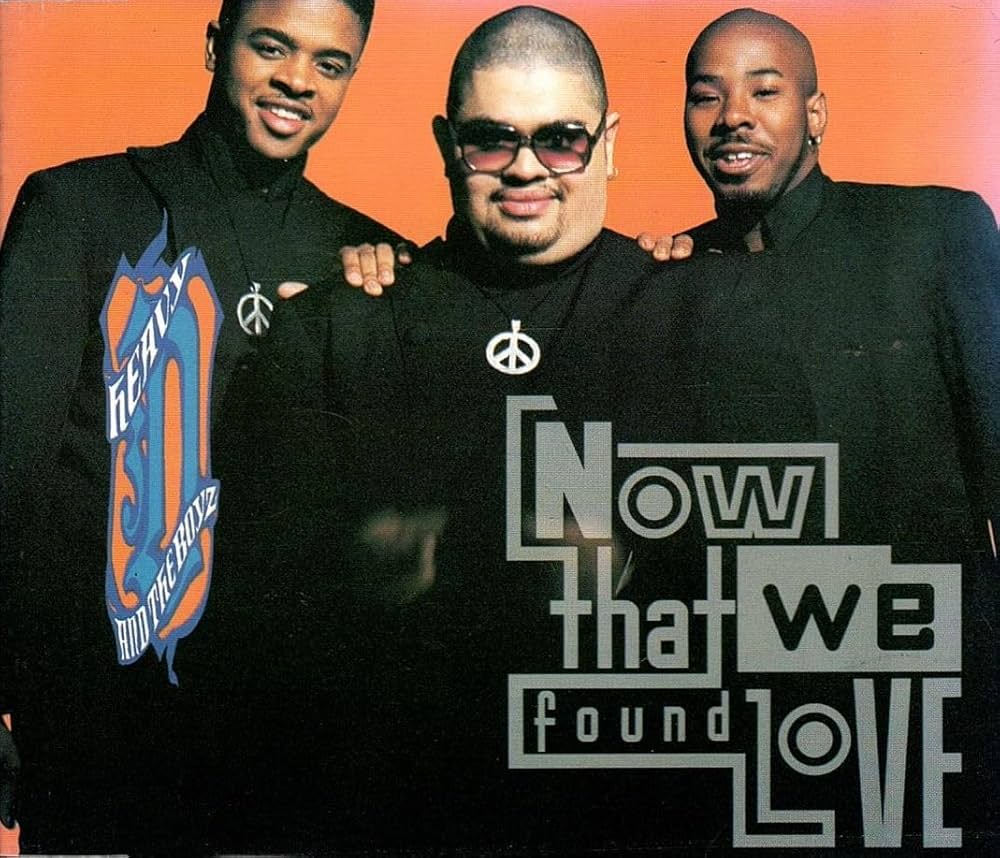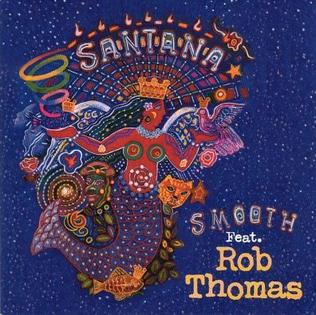 Blind Melon’s “No Rain” is a track that captured the spirit of the early 1990s alternative rock scene, blending jangly guitars, bright melodies, and introspective lyrics to create an anthem that resonates across generations. Released in 1992 on the band’s self-titled debut album, the song became an unexpected hit, catapulting the group to fame while embodying the era’s distinctive blend of grunge, pop sensibility, and folk-infused rock. Its infectious chorus, memorable instrumentation, and bittersweet themes of isolation and longing make it a track that continues to resonate with listeners nearly three decades later.
Blind Melon’s “No Rain” is a track that captured the spirit of the early 1990s alternative rock scene, blending jangly guitars, bright melodies, and introspective lyrics to create an anthem that resonates across generations. Released in 1992 on the band’s self-titled debut album, the song became an unexpected hit, catapulting the group to fame while embodying the era’s distinctive blend of grunge, pop sensibility, and folk-infused rock. Its infectious chorus, memorable instrumentation, and bittersweet themes of isolation and longing make it a track that continues to resonate with listeners nearly three decades later.
What makes “No Rain” remarkable is the way it balances lightness and melancholy. On the surface, it is cheerful and accessible, with a bright, upbeat riff and a chorus that invites sing-alongs. Yet beneath this veneer of sunny optimism lies a deeper message about alienation, societal pressures, and the search for connection—a theme that is both personal and universal. This combination of upbeat music and reflective lyricism gives the song its lasting appeal.
Blind Melon and the Early ’90s Music Landscape
Emerging from the early 1990s alternative rock boom, Blind Melon was a band that drew influence from a range of genres, including folk, psychedelia, and the nascent grunge movement. Their sound stood out in a scene dominated by heavy, angst-filled grunge acts like Nirvana and Pearl Jam. Instead of the distorted guitars and raw aggression typical of the era, Blind Melon embraced melodic arrangements, jangly riffs, and layered vocal harmonies, offering a sunnier, more introspective take on alternative rock.
“No Rain” exemplifies this approach. Its acoustic and clean electric guitar work, coupled with Glen Graham’s understated drumming and Brad Smith’s melodic bass lines, create a bright, flowing foundation for Shannon Hoon’s vocals. This arrangement highlights the band’s folk-rock sensibilities while still maintaining the accessibility necessary for mainstream appeal.
The Inspiration and Lyrics
Shannon Hoon, the band’s lead vocalist, was the primary songwriter behind “No Rain.” The lyrics reflect a combination of personal introspection and a broader commentary on feeling out of step with societal expectations. Hoon famously described the song as a reflection on his experiences of social alienation and the desire for acceptance.
Lines like:
“All I can say is that my life is pretty plain
I like watchin’ the puddles gather rain”
capture a sense of quiet observation and personal isolation. The chorus—“I just want some one to say to me, I’ll always be there when you wake”—expresses a universal longing for connection, companionship, and understanding. This juxtaposition of everyday mundanity with emotional depth creates a song that is both relatable and poignant.
The lyrics’ blend of melancholy and hope mirrors the duality of Hoon’s life and artistic vision. On one hand, there is a sense of wistful detachment, of being slightly removed from the world; on the other, there is an optimism and yearning for human connection that gives the song its emotional resonance.
Musical Composition and Instrumentation
Musically, “No Rain” is a masterclass in simplicity and effectiveness. The opening riff—bright, repetitive, and melodic—immediately sets the tone for the song. Played on a clean-toned electric guitar, it creates an earworm that is instantly recognizable, forming the backbone of the track.
Brad Smith’s bassline complements the riff perfectly, providing both rhythm and harmonic depth without overpowering the arrangement. Meanwhile, Glen Graham’s drumming is understated yet precise, accentuating the song’s shifts in dynamics and driving the chorus with a steady, buoyant beat.
One of the most distinctive elements of “No Rain” is Shannon Hoon’s vocal delivery. Hoon’s voice is clear, expressive, and slightly nasal, conveying a sense of vulnerability and authenticity. His vocal phrasing imbues the lyrics with emotion, oscillating between introspection in the verses and exuberance in the chorus. Background harmonies and layered vocals further enrich the sonic texture, creating a sense of expansiveness that enhances the song’s universal appeal.
The Music Video and Pop Culture Impact
While the song’s melody and lyrics contributed to its success, the music video for “No Rain” was a significant factor in cementing its place in popular culture. Featuring the now-iconic “Bee Girl” character—played by Heather DeLoach—the video tells the story of a young girl dressed in a bee costume, feeling out of place and disconnected from the world around her. The narrative of searching for acceptance and finding a community resonated deeply with viewers, making the video a defining visual of the early 1990s.
MTV rotation catapulted the song into mainstream consciousness, helping it reach the top of the charts and earn Blind Melon widespread recognition. The “Bee Girl” became a symbol of the song’s themes of individuality, alienation, and ultimately, belonging. The video’s whimsical tone perfectly balanced the song’s introspective lyrics, creating a multi-dimensional work that appealed to both the eyes and ears.
Commercial Success and Reception
“No Rain” was Blind Melon’s breakout hit, reaching number 20 on the Billboard Hot 100 and topping the Modern Rock Tracks chart. Its commercial success was notable for an alternative rock band in the early 1990s, a time when the market was crowded with grunge and alternative acts.
Critics praised the song for its melodic sophistication, relatable lyrics, and emotional honesty. Unlike the angst-ridden sounds of their contemporaries, Blind Melon offered a sunnier, more melodic alternative, which helped the band carve out a unique niche. The song’s success demonstrated that introspective, folk-influenced alternative rock could resonate with mainstream audiences, paving the way for similar acts in the years that followed.
Themes of Alienation and Optimism
One of the enduring qualities of “No Rain” is its thematic balance between alienation and hope. While the lyrics explore feelings of isolation, societal disconnect, and personal uncertainty, the music itself conveys optimism, forward momentum, and a sense of possibility. This duality mirrors the experience of many listeners who feel misunderstood or out of step with the world but still seek connection and meaning.
The song’s repeated refrain, “All I can say is that my life is pretty plain,” emphasizes personal observation and introspection, while the uplifting chorus offers a sense of release and communal understanding. This tension between melancholy and joy is a key factor in the song’s enduring appeal, allowing it to remain emotionally resonant across generations.
Influence and Legacy
“No Rain” has influenced numerous artists and bands in the alternative and indie rock spheres, inspiring musicians to combine introspective lyrics with accessible melodies. Its fusion of folk-inflected guitar work, melodic vocal lines, and upbeat production set a template for alternative rock tracks that balance emotional depth with mainstream appeal.
The song has appeared in countless films, television shows, and commercials, ensuring that its cultural presence endures. The “Bee Girl” image has become iconic, representing individuality, perseverance, and the universal desire to belong. Even decades after its release, “No Rain” remains a touchstone for 1990s alternative rock, a song that evokes both nostalgia and timeless emotional resonance.
Live Performances and Band Dynamics
On stage, “No Rain” remains a highlight of Blind Melon’s performances. Shannon Hoon’s emotive delivery, combined with the band’s tight instrumentation, recreates the song’s emotional impact in a live context. Audiences often respond with enthusiastic sing-alongs, particularly during the iconic chorus, demonstrating the track’s enduring popularity and communal appeal.
The song also captures the essence of Blind Melon as a band—melding technical skill with emotional authenticity, creating music that is both accessible and deeply expressive. In live settings, the interplay between guitar, bass, and drums, along with Hoon’s dynamic vocals, reinforces the song’s timeless charm and ability to connect with listeners.
Why ‘No Rain’ Endures
The enduring appeal of “No Rain” lies in its perfect balance of melody, lyricism, and emotional honesty. Unlike songs that rely solely on energy or production, this track combines musical craftsmanship with introspective storytelling, creating a work that is both immediately appealing and richly layered.
Its themes of isolation, longing, and hope are universal, allowing listeners from any generation to connect with its message. The bright, jangly guitar lines, melodic vocals, and infectious chorus make it a song that is instantly recognizable, while the underlying emotional depth ensures that it resonates long after the first listen.
The combination of these elements—memorable melody, relatable lyrics, and cultural impact—ensures that “No Rain” continues to be celebrated, studied, and enjoyed decades after its release.
Conclusion: Sunshine After the Storm
Blind Melon’s “No Rain” is a quintessential example of 1990s alternative rock at its most enduring and evocative. Its blend of melodic accessibility, lyrical introspection, and cultural resonance makes it a song that transcends its era, appealing to listeners across generations.
The track’s charm lies in its duality—cheerful yet melancholy, simple yet profound, whimsical yet deeply emotional. It captures the tension between isolation and connection, despair and hope, creating a musical experience that is as emotionally satisfying as it is sonically engaging.
“No Rain” remains a touchstone of Blind Melon’s legacy, a song that continues to inspire, uplift, and resonate with listeners who have ever felt out of step with the world yet yearned to find their place in it. It is, in every sense, sunshine breaking through the clouds—a timeless anthem of introspection, optimism, and enduring charm.


